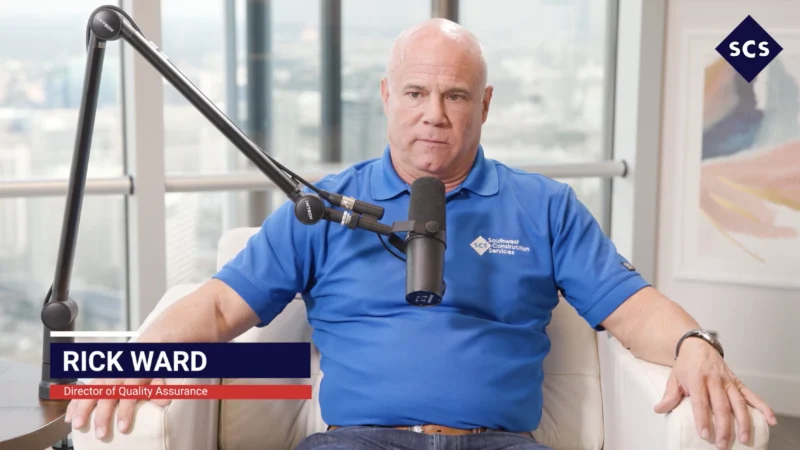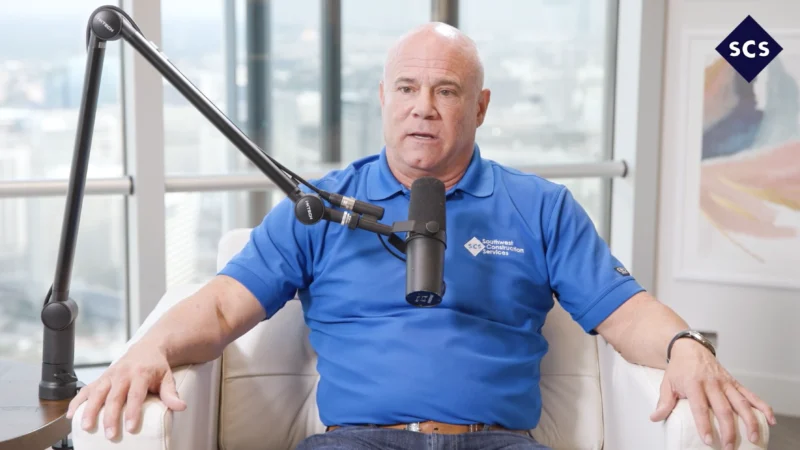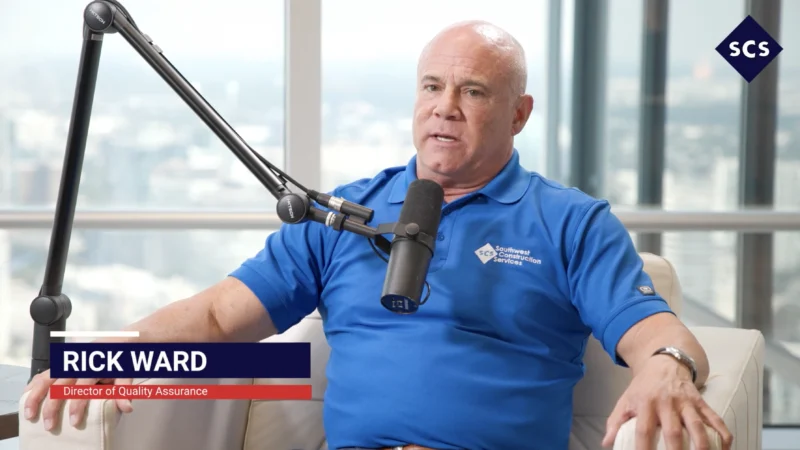The New Frontier of Decarbonization with Built Environments and the City of Tomorrow: Part 1
As cities around the world face urgent questions of sustainability and carbon reduction, Detroit is becoming a testing ground for decarbonization in built environments. In 2020, $10 trillion was to be invested in new structures over the next decade, and given that buildings account for 37% of combustion-related emissions globally, the stakes have never been higher.
So, how can the construction industry adapt to not only create innovative structures but also do so sustainably?
This topic is at the forefront of the latest episode, the first of a two-part series on DisruptED, hosted by Ron Stefanski. Joining him is Ron Henry, the Senior Vice President of Sachse Construction, a man with four decades of experience in design and construction. Together, they dig deep into the challenges and opportunities that decarbonization presents for cities like Detroit and the construction industry at large.
In this episode, they discuss:
- The three scopes of decarbonization: Direct emissions from buildings, fuel consumption, and materials used.
- How increasing construction costs impact the willingness to adopt sustainable practices.
- The transformation of Detroit into a living lab for sustainable urban development.
Ron Henry is a University of Michigan alum with a Masters in Architecture. A veteran of the construction and architecture fields in the Greater Detroit area, he has been instrumental in tripling the size of Sachse Construction. Notably, he is a thought leader in the realm of sustainable built environments.




